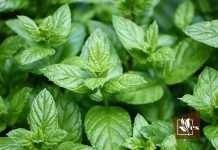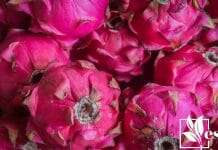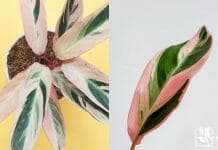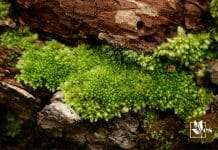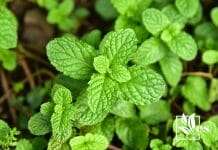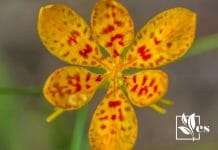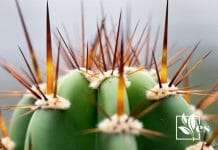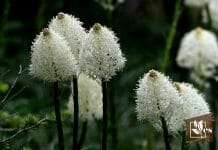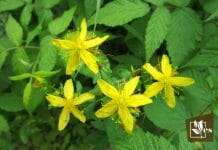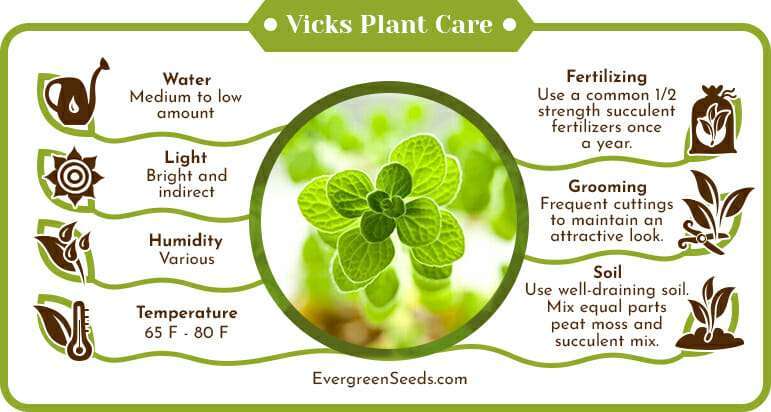 The Vicks plant of the Lamiaceae family, also known as succulent coleus, Cuban oregano, or Plectranthus tomentosa, is a mint family member with thin leaves of the Plectranthus genus. It’s famous for its minty and camphor fragrance from its leaves. While it is a booster for your immune system, the plant remains a soft succulent that requires protection from harsh weather.
The Vicks plant of the Lamiaceae family, also known as succulent coleus, Cuban oregano, or Plectranthus tomentosa, is a mint family member with thin leaves of the Plectranthus genus. It’s famous for its minty and camphor fragrance from its leaves. While it is a booster for your immune system, the plant remains a soft succulent that requires protection from harsh weather.
If you want to grow this herb against the seasonal cold or flu, read on as we share an informative guide on propagating and caring for the Vicks plant.
JUMP TO TOPIC
What Is Vicks Plant?
The Vicks plant is a rare succulent that has a beautiful aroma to it. It comes from the Lamiaceae (mint) family and Genus Plectranthus, a genus of warm climate. Around 350 plant species are part of this genus, commonly found in the Southern hemisphere, the Indonesian archipelago, Africa, Australia, India, among other Pacific Islands.
The plants are usually grown for decoration, while many keep them as herbs, vegetables, and sometimes in the medicine industry. They are also known as Spur Flowers, with the Vicks plant sometimes labeled as the Succulent Coleus, its ancient name.
Vicks Plant General Characteristics
A mature Vicks plant’s average height is up to 2 feet, spreading around 2.5 feet wide. It has a decumbent and freely-branched body with a varying structure, depending on cutting and location of growth. Some can form cascading vines, subshrubs, or ground covers, depending on how gardeners maintain it.
Its leaves can grow up to 2-3 inches long as the plant matures and are covered with short and hairy outgrowths. It also bears flowers, producing beautiful white to light purple flowers. These unique and delicate flowers grow on the plant’s long and thin stems, blooming twice a year in the early spring and fall seasons.
As for its safety, it’s generally pet-safe, though it’s better to avoid letting kids and animals mingle with Vicks plants.
And just as the name suggests, this is the plant that smells like Vicks vapor rub for a reason. The name and fragrance come from the Vicks plant, so gardeners also call this the Vaporub plant.
Uses of Vicks Plant
Just like other herbs, the Vicks plant plant offers various health benefits. Its fragrance can clear up sinuses and ease congestion in our respiratory tracts. You can also use its leaves to prepare ointments with petroleum-based jelly, whether to treat inflammation or repel mosquitoes. The plant’s leaves can also help with muscle aches, bruising, or symptoms of arthritis!
However, you should not use it as a substitute for any prescribed medications you are taking to treat illnesses such as asthma.
How To Care for Vicks Plant
Another awesome thing about the Vicks plant is how easy it is to care for. It’s suitable for beginners, as long as you provide them the proper nutrients and maintain them well.
Here are the requirements of this aromatic plant:
 Light Requirements
Light Requirements
The most ideal for your plant is to expose it to bright and indirect light sources. They would also tolerate partial shades. We recommend placing your plant under a cool and well-lit shade, typically under trees, if you plan to grow it outdoors.
For indoor plantation, opt for south-facing windows with the dappled sun, ensuring that you prevent it from getting direct sun exposure.
 Water Requirements
Water Requirements
Succulents’ leaves have a high content of water storage. Meaning, they do well with medium to low water levels, so follow the “soak and dry” method, a common way to water succulents. To do this, water the soil thoroughly (purified tap water will be nice), then leave it to drain first, letting the soil turn dry before watering it again.
Check the soil now and then to create a routine for any weather and season.
The frequency of watering these plants is based on your zone’s temperature and humidity. On average, water the plants one or two times a week during the summer. In winter, you can reduce the frequency of watering.
Be sure that you use well-draining soil, as overwatering and excess water levels on the foliage would invite fungus and risk root rot.
What makes these plants great is that they are shallow-rooted but can still store water in their stems. This makes them resistant to drought, so no worries if you forgot to water them once or twice.
– Where To Place a Vicks Plant
Avoid placing your plant in windy locations since they are prone to breakage. If you plan to plant in containers, consider the container’s color, style, and permanent location, which affects your area’s overall design.
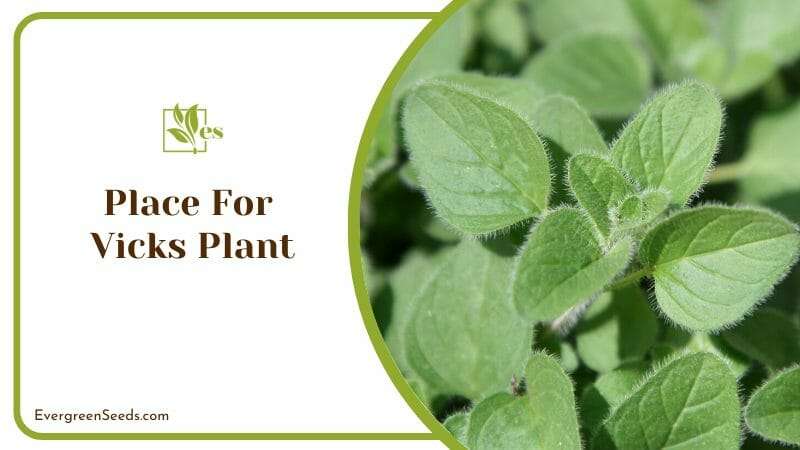
These plants do very well in hanging baskets or on the edges of elevated containers. Larger plants are better off in the center of baskets for equal weight distribution.
 Temperature and Humidity Requirements
Temperature and Humidity Requirements
An ideal temperature for these plants is between 65-80 degrees Fahrenheit. Unfortunately, these succulents do not tolerate the cold and frost, so when the weather cools, transfer outdoor plants to warm indoor areas. When placing it indoors, consider using grow lights to give your plant adequate lighting during the darker winter days.
Older plants over a year old would develop woody stems at their base, increasing their resistance to colder temperatures. Those who live in USDA zones 9b to 11b will find that the plant is hardy.
As for its humidity, succulents would tolerate various humidity levels. During dry days, monitor your plant and, if possible, place a humidifier nearby. Avoid misting the plant. The plants can survive in arid environments, and misting might lead to fungus or root rot.
 Soil and Fertilizer Requirements
Soil and Fertilizer Requirements
It’s vital to use well-draining soil, usually combining equal parts peat moss and succulent mix. While these plants are tolerant of a wide range of soil conditions and are pH tolerant, avoid exposing them to significantly low or high pH levels.
When fertilizing the plants, remember that they aren’t heavy eaters. You can use common half-strength succulent fertilizers once a year during the early spring, using a small quantity of it, or following the fertilizer’s directions. Do this every two weeks throughout the growing season.
We recommend using liquid fertilizer, but do not over-fertilize the plant, as this can burn out its delicate foliage. It can end up affecting its overall color and appearance.
For Vicks plants in containers, we recommend light fertilization. Use slow-release fertilizers that have a balanced mixture of necessary nutrients.
 Cutting and Pruning Requirements
Cutting and Pruning Requirements
When cutting and pruning these plants, take note that they can get leggy. This is why it’s best to go for frequent cuttings to maintain an attractive look. Remove a few leaves from the plant’s basal sides. You can also prune it regularly, which can help with its overall health.
When you prune your plant, pinch it back every few weeks, which prevents flower formation. You can do this throughout the summer season for a fuller and lusher plant, pinching above a set of leaves or the plant’s branching junction.
Why prevent flower formation, though? Doing this will allow the plant to put more energy toward additional branching and foliage creation rather than flowering, so you get a fuller plant.
– How To Propagate a Vicks Plant
When propagating this plant, it’s best to do so by stem tip cuttings. Spring and summer are ideal for rooting stem cuttings from the Vicks plant.
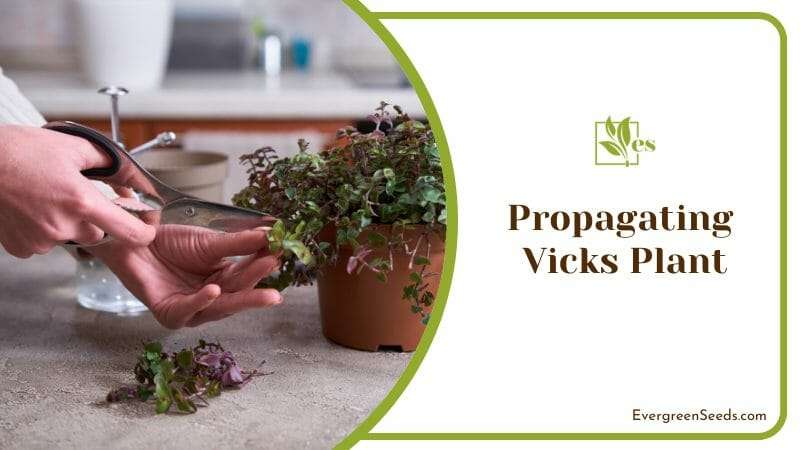
Follow these steps to propagate your plant properly:
- Cut around 3-4 inches from a well-grown Vicks plant, taking approximately 3-4 leaf nodes from the cutting. When doing this, cut around a quarter-inch below the node, taking 5-to-5 cuttings to increase the chance of successful propagation.
- Cut leaves from the lower sides of your stem cuttings.
- Prepare growth hormone, dipping the base of the cutting’s lower end in it. If you don’t have growth hormone, you may skip this step.
- Plant cuttings in a moist growing setup. It can be in a small container or growing tray with quality media. An ideal growing setup is a combination of potting soil and vermiculite soil for the Vicks plant.
- Place your growing setup in indirect and low-to-medium intensity light and medium temperature. Water your cuttings using the mild spray every other day, ensuring humidity. Avoid overwatering it, though!
- Vicks plants root in water easily, so dip cuttings in a small jar filled with filtered water, changing the water twice a week. Make sure that the water does not get mucky by changing it regularly.
If you want to know what to expect, here is a sample timeline:
- Day 1-60: Place your setup in an area with indirect light and a medium temperature. Mist your plant frequently, but avoid overwatering. Water propagation doesn’t require extra effort besides the typical change of water. Roots will develop at the end of the third week.
- Day 30-60: After month 1, tine leaves will begin developing. Continue watering as usual.
- Day 60 onwards: After month 2, baby plants will rapidly grow. By then, you can transfer your plant to a bigger pot or container. Or, you can transfer them to different containers to get more plants.
Problems
The Vicks plant may have a few issues, which are:
– Pests
Common pests and diseases the Vicks plant may across are snails, mealybugs, spider mites, aphids, and whiteflies. Fungi, bacteria, and viruses may affect the plants, which can cause stem or root rot and downy mildew.
Insufficient moisture levels and growing conditions usually cause this, so it’s best to relocate your plant or repot Vicks plant to prevent it from dying.
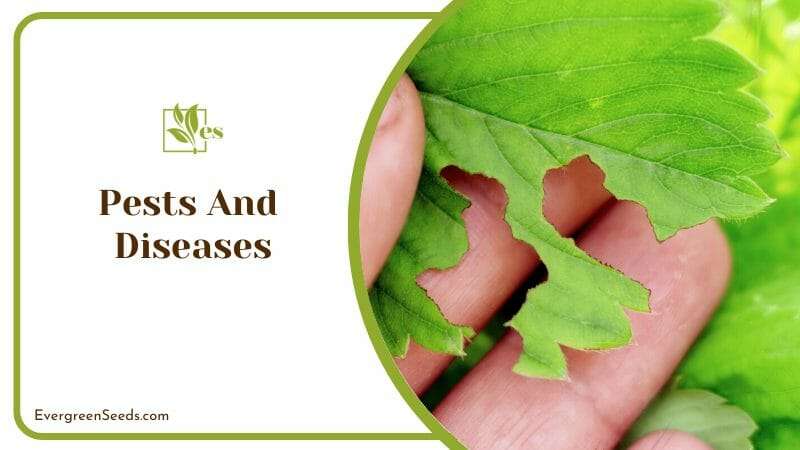
– Disease
When the temperatures of your plants are too high or low, then it can cause diseases. Plants can also be stressed by lack of heat, which affects their health and development. Furthermore, it affects their appearance and vigor, with its leaves drooping and fragrance weakening.
– Hard To Find
It’s also worth mentioning that it can be a bit difficult finding the Vicks plant. However, propagation is easy, with the plant blooming twice a year. If you can get stem cuttings from a fellow gardener, than it is basically done!
Final note:
Yes, the Vicks Plant is known to repel mosquitoes due to its strong aroma.


